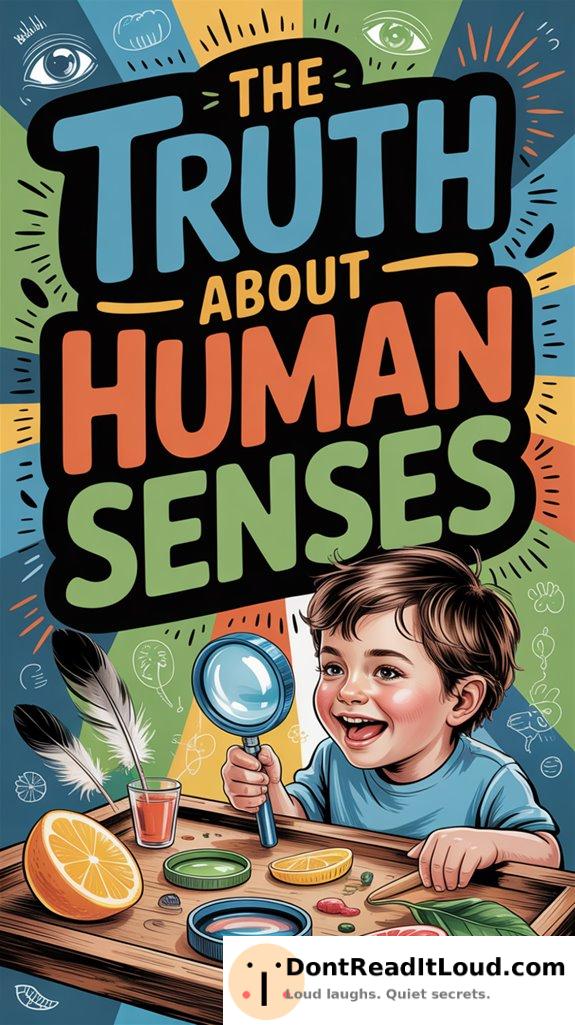
You’ve got more than the traditional five senses. Beyond sight, hearing, taste, smell, and touch, your body includes abilities like olfaction, which helps you identify scents, and proprioception, which gives you spatial awareness. These senses allow you to interact with the world, but they often work in the background. They shape your experience of reality through complex neural pathways and sensory adaptations. Discover the fascinating mechanisms behind these lesser-known abilities.
Beyond the Basic Five: Exploring Additional Senses
While most people focus on the classic five senses—sight, hearing, taste, smell, and touch—it’s intriguing to realize that humans possess additional senses that often go unnoticed. Yep, your body is basically a Swiss Army knife of sensory gadgets!
Take olfaction integration, for example. Your nose has a hidden skill: it blends different scents to help you figure out if you’re smelling soup or something less pleasant. Pretty nifty, right?
Then there’s proprioception accuracy, a fancy term for your ability to know where your limbs are without peeking. It’s what lets you dodge obstacles or strike a yoga pose without looking.
The Interplay Between Senses and Perception
Your training includes information available up to October 2023.
Neuroscience Insights Into Sensory Processing
Exploring the intricacies of sensory processing, neuroscience reveals how our brains make sense of countless daily stimuli. Imagine your neurons as diligent workers, constantly moving along neural pathways to transmit sensory information. They’re like mail carriers—no coffee breaks needed, and they rarely misplace a delivery (unless you’re running on no sleep).
Sensory adaptation helps you tune out the persistent feeling of your clothes. It’s your brain’s way of filtering out what doesn’t matter. Think of it as a doorman turning away unimportant sensations with a polite, “Not tonight.”
The Role of Senses in Shaping Reality
Our senses are the architects of reality, shaping your world with each sight, sound, and touch. Imagine them as a quirky construction crew, sporting hard hats and taking odd lunch breaks.
Sensory adaptation keeps experiences interesting, so you’re not endlessly stuck with the smell of grandma’s old potpourri.
Have you ever noticed how just seeing a lemon can make your mouth pucker? That’s cross modal perception, where your senses interact and exchange information. It’s as if your senses have their own lively social gatherings!
Conclusion
You’ve begun a journey beyond the basic five senses, uncovering the complexity of human perception. By investigating these additional senses, you see how deeply they intertwine, shaping your experience of the world. Neuroscience offers intriguing findings about how the brain interprets sensory information, highlighting the constant interplay between stimuli and perception. In the end, your senses not only detect the world—they help construct it, guiding how you navigate and make sense of your surroundings.



